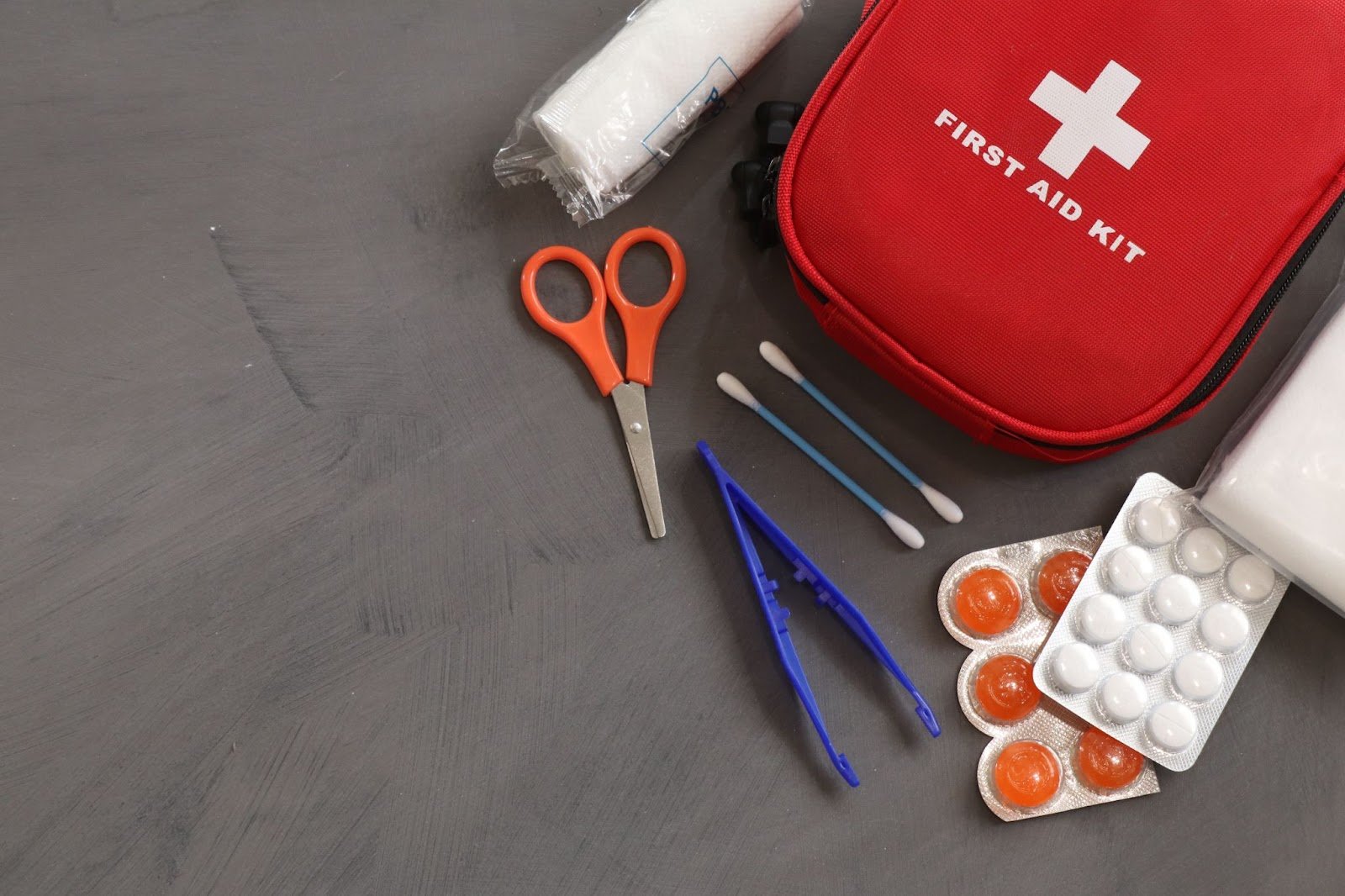SafeDE News
Smarter workplaces are safer workplaces. SafeDE is your resource for OSHA news, regulation changes, recalls, and everything to keep your business safe.
Understanding DART Rate: Calculation, Formula & Meaning
The Occupational Health and Safety Administration (OSHA) collects data about work-related injuries and illnesses from employers nationwide. This information allows OSHA to evaluate safety norms and take action against non-compliant organizations. Your DART rate is an essential metric that measures how workplace incidents affect your employees. Learning how to understand and calculate your DART rate can help you stay on top of safety risks each year.
What is DART Rate and How to Calculate It
The OSHA Days Away, Restricted or Transferred (DART) rate is a key metric companies must track. Your DART rate is based on the number of recordable incidents per 100 full-time employees that result in:
- One or more days away from work
- One or more days of restricted work
- Permanent transfer to a new position
In other words, your company’s DART rate measures how significantly workplace incidents have impacted your workforce. A higher DART rate might indicate that workplace factors create an increased risk for injuries.
How to Calculate DART Rate for Your Workplace
Use this DART rate formula to get your workplace’s score:
- (Total # of recordable incidents x 200,000) / Total employee hours worked = Days Away, Restricted or Transferred rate
Let’s break down this formula. Your total number of incidents includes injuries and illnesses that resulted in an employee stopping work as usual.
We multiply this figure by 200,000 because it represents 100 employees working 40 hours weekly for a 50-week calendar year. Since your DART rate represents incidents per 100 employees, this estimate gives us an accurate result. Finally, we divide our number by the total hours worked by all employees.
What is a Good DART Rate?
DART rate averages can vary between industries. It’s best to look at DART rates from your niche to get a feel for what yours should look like. However, the U.S. Bureau of Labor Statistics does report that the average DART rate in private industries is around 1.7 for every 100 full-time workers.
So, it stands to reason that a good DART rate would be around or lower than this figure. Remember, though, that high-risk industries have their own standards.
Why Does DART Rate Matter?
Companies and workplaces must send their DART rates to OSHA every year. OSHA uses them as key metrics that determine which workplaces to target for future inspections. Insurance providers might also use the data to tweak their rates.
But a low DART rate doesn’t necessarily raise red flags immediately. OSHA acknowledges that some industries naturally present higher levels of risk for employees.
A high DART rate might cause concern in a low-risk industry or if rates are consistently high over several years. But a lower-than-average DART rate doesn’t mean OSHA will come knocking at your workplace’s door. It may indicate that it’s time to take another look at your safety standards and practices so you can correct the problem before it worsens.
Take all reportable incidents seriously, even if they don’t cause concerns with OSHA. Your DART rate is one of the most valuable pieces of information you can use to improve workplace safety at your organization or company.
Frequently Asked Questions (FAQs)
What is DART rate?
A DART rate represents the total number of days spent away, restricted, or transferred from work per 100 employees. It’s a safety metric that calculates how often reportable incidents happen at the workplace.
How is DART rate calculated?
You can use OSHA’s DART rate formula to calculate your own rate. Multiply the number of recordable incidents from your company by 200,000. Then, divide your number by the total hours worked by all employees.
What is the formula for DART rate?
Use this DART rate formula from OSHA to calculate your metrics: DART rate = (Total # of recordable incidents x 200,000) / Total employee hours worked.
What is the meaning of DART rate in safety?
“DART rate” is an acronym for Days Away, Restricted, or Transferred rate. This figure is a safety metric that employers and OSHA can use to understand how workplace injuries and illnesses affect employees.
Your DART rate is based on the number of incidents that cause employees to stop working as they usually would, whether due to restrictions, time off from work, or job transfers. The higher the DART rate, the higher the safety concerns.
Why is DART rate important for OSHA compliance?
A company’s DART rate is a measure of its safety performance. DART rates also shed light on how well a company follows OSHA workplace safety regulations. Unusually high rates might point to safety issues, potentially leading to an OSHA investigation or penalties.
How can companies improve their DART rate?
Companies can improve their DART rates by working to increase safety in the workplace. There are lots of ways you can bring this goal to life. You can implement new training programs, conduct regular safety audits, and encourage quick and thorough reporting of injuries to get started.
Building a culture of safety among your employees is also a good way to ensure that everyone is on the same page about expectations.
What is the difference between DART and TRIR?
A company’s total recordable incident rate (TRIR) is different from its days away, restricted, or transferred (DART) rate in terms of scope. DART rates focus on work-related incidents that lead to absences, restrictions, or transfers. Meanwhile, TRIR looks at all recordable safety incidents, not just those that disrupt how an employee works.
Get SafeDE News
Workplace safety for all businesses.
SafeDE provides FREE comprehensive onsite surveys for small and medium sized private sector establishments to identify potential workplace hazards, improve safety and health management systems, and assist in voluntary compliance with federal OSHA regulations.
Related News
.png)
Lockout Tagout Training: Essential Safety Program
.png)
GHS Label Requirements for Shipping: Tips and Guidelines
-1.png)
Recognizing Warning Signs of Heat Illness at Work
-1.png)
Essential Tips to Prevent Heat Illness in the Workplace
.png)
2023 Occupational Injury, Illness, and Fatality Data
.png)
Comprehensive Guide: Identify Workplace Hazards (5 Steps)

Mastering First Aid: Steps for Effective Injury Assessment
-1.png)
Tips for Selecting the Right Hard Hat for Electrical Work


-1.png)

